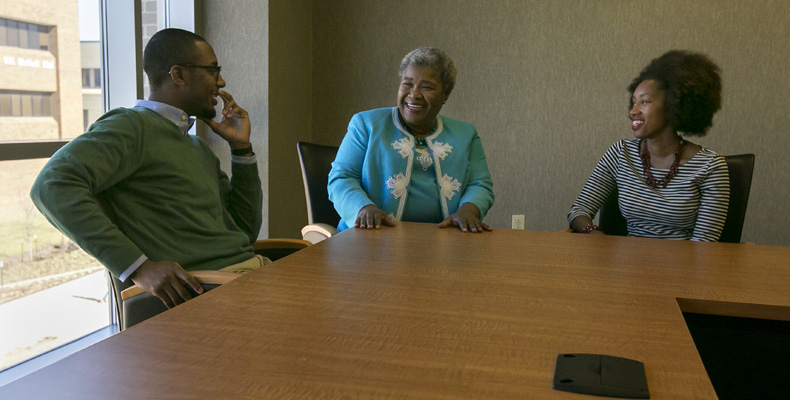
George Holmes (left), a senior in mechanical engineering, and Marquia Lewis (right), a junior in computer science, student representatives on the Chancellor’s Advisory Committee on African American Recruitment and Retention (CACAARR), talk with Shenethia Manuel, vice chancellor of human resources, equity and inclusion at Missouri S&T and the chancellor’s liaison to the committee, about the success of CACAARR. Photo by Sam O’Keefe
Earlier this month, we sat down with Shenethia Manuel, vice chancellor of human resources, equity and inclusion at Missouri S&T, to talk about the growth, success and future of the Chancellor’s Advisory Committee on African American Recruitment and Retention (CACAARR) as the committee celebrates its 30th anniversary. Manuel serves on the committee as the chancellor’s liaison.
S&T: CACAARR is celebrating its 30th anniversary this year. Why was this group formed?
Manuel: This committee was formed when members of Alpha Phi Alpha fraternity and their key advisors met with the chancellor at the time to express concerns about recruitment and retention programs for African American students at the university.
S&T: Why is it important to have a committee like this?
Manuel: In general, African American students at predominantly white universities have had lower retention rates. When you walk around campus and can’t find others who look like you, who have shared backgrounds, it can be very isolating. It’s important for our university community to do what we can to make our campus a welcoming environment for all individuals.
S&T: What about recruitment, the other “r” in CACAARR?
Manuel: Recruitment and retention go hand in hand. As you increase the number of African American students on campus, retention becomes easier because the culture of the university itself is changing. We’ve been able to make great strides in the number of African American students over the years by stepping up our recruiting in African American communities and establishing articulation or transfer agreements with colleges and universities that have historically attracted African Americans.
S&T: So, it’s been 30 years. Why is it still important to have a committee like this?
Manuel: Because we still have a long way to go! Our goal is for the demographics of this campus to mirror that of our state and nation. Plus, it’s vitally important to focus on diversity and to welcome and support African Americans and other underrepresented minority groups and women, because it’s of the utmost importance to our corporate partners. They expect that we will have diverse students and graduates — diverse in terms of gender, race and ethnicity, where they’re from, what they studied, and so on.
S&T: What is Missouri S&T doing to change those trends?
Manuel: We’re doing lots of things, from adopting diversity and inclusion as a core, shared value of this university to encouraging African American alumni to come back and mentor students today. Over the years, the committee has also provided scholarships for African American students.
S&T: Of the 17 members of the advisory committee, the vast majority — 14 — are alumni. What motivates them to remain engaged with their alma mater?
Manuel: I think it is a love of the institution and the students, and a recognition of the opportunities that opened up to them as a result of the education they received here. It’s a way to give back and pay it forward.
By Liz McCune
See a full list of Black History Month events at Missouri S&T.
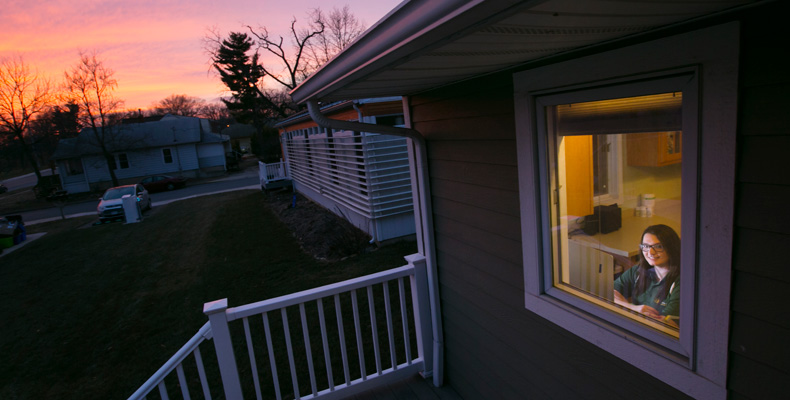
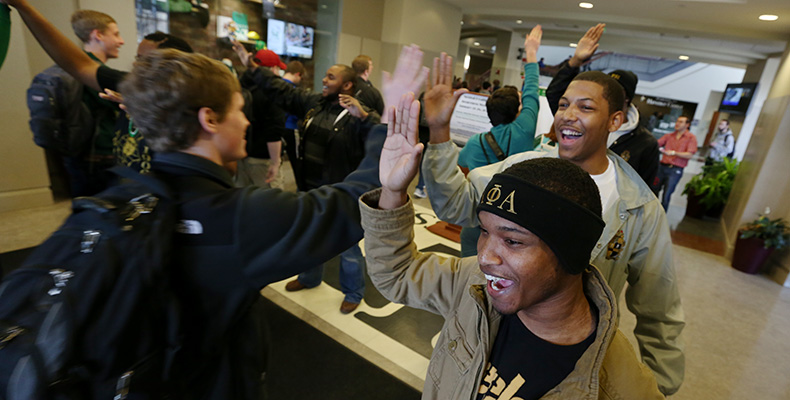
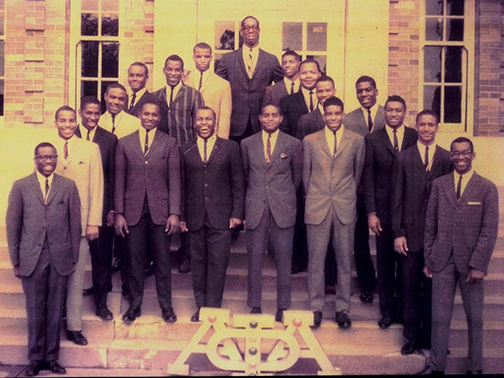


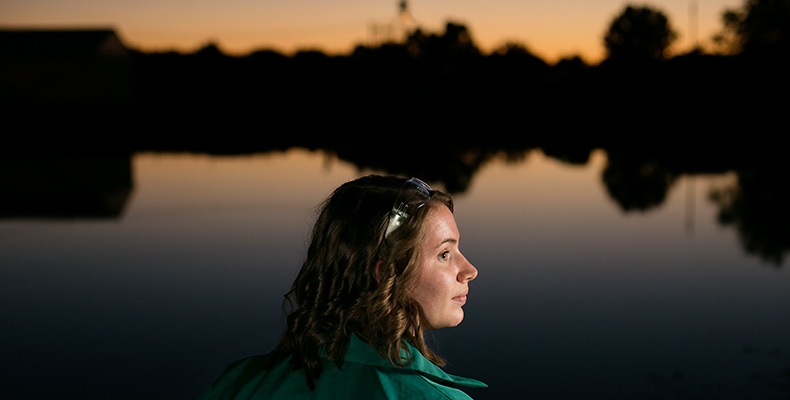
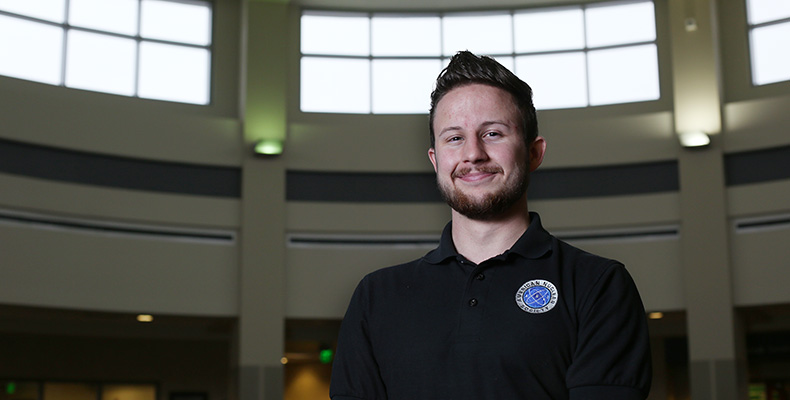
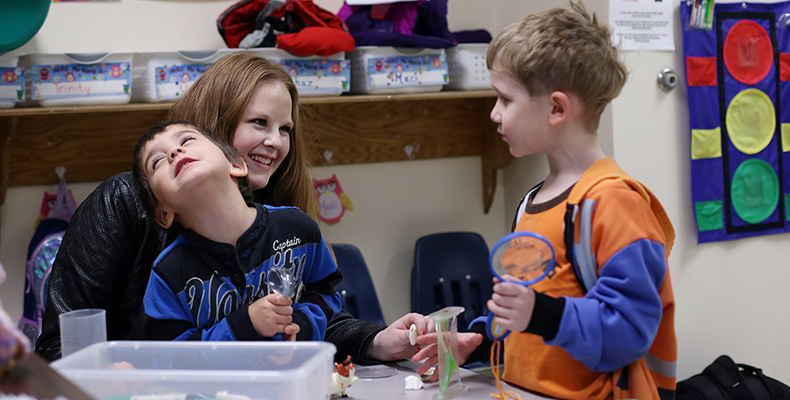
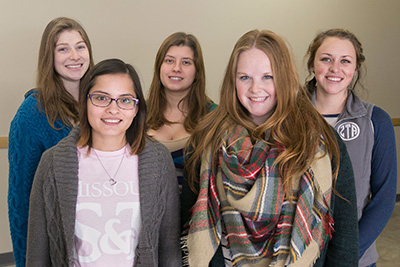
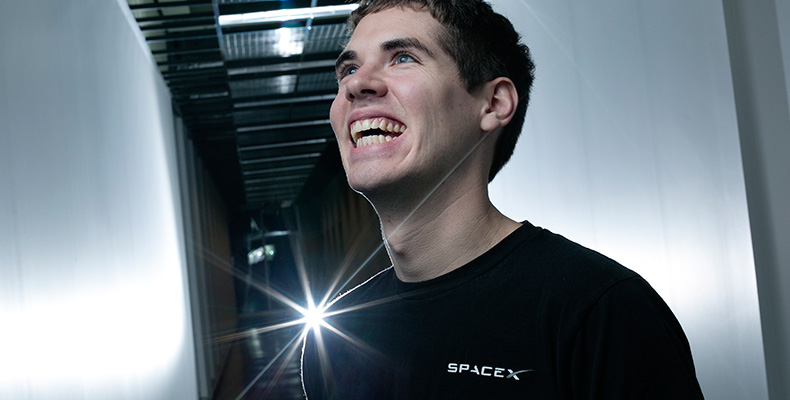
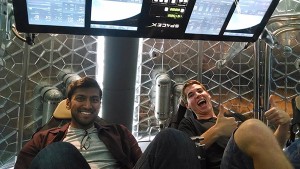
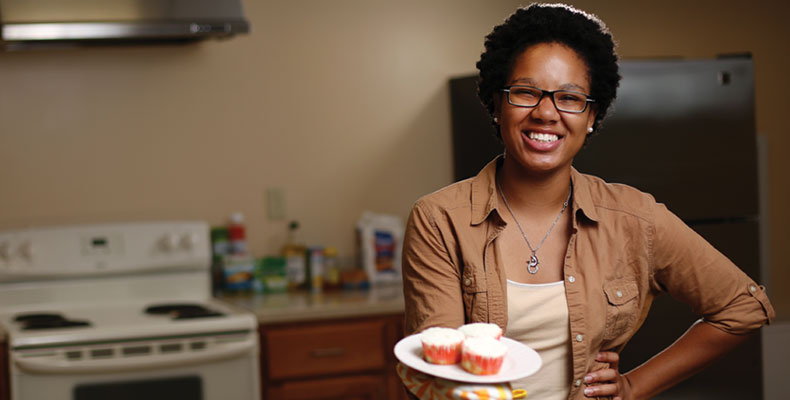
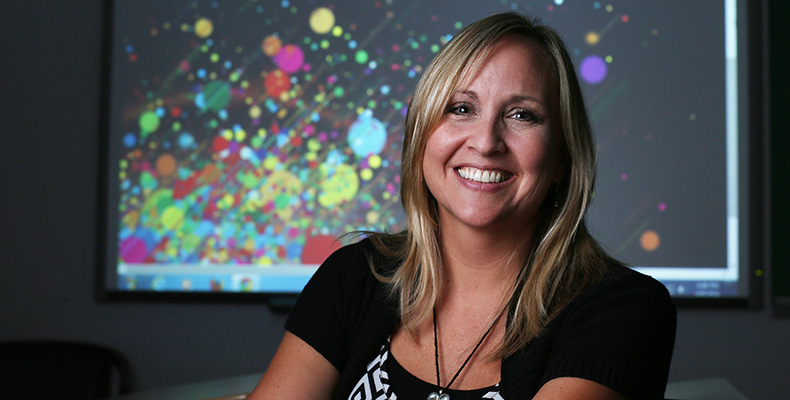
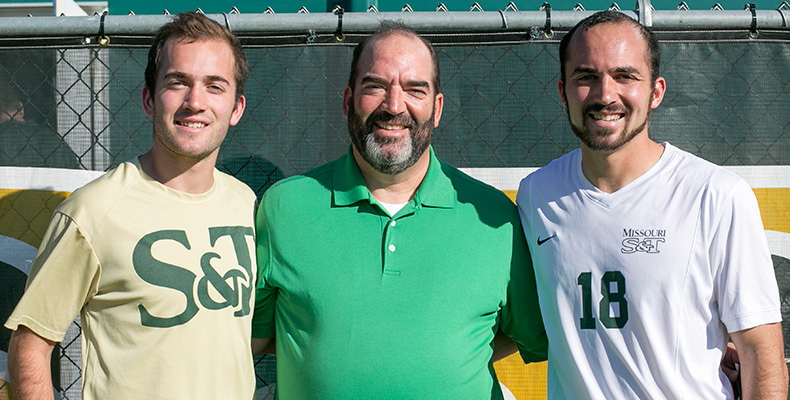
Recent Comments